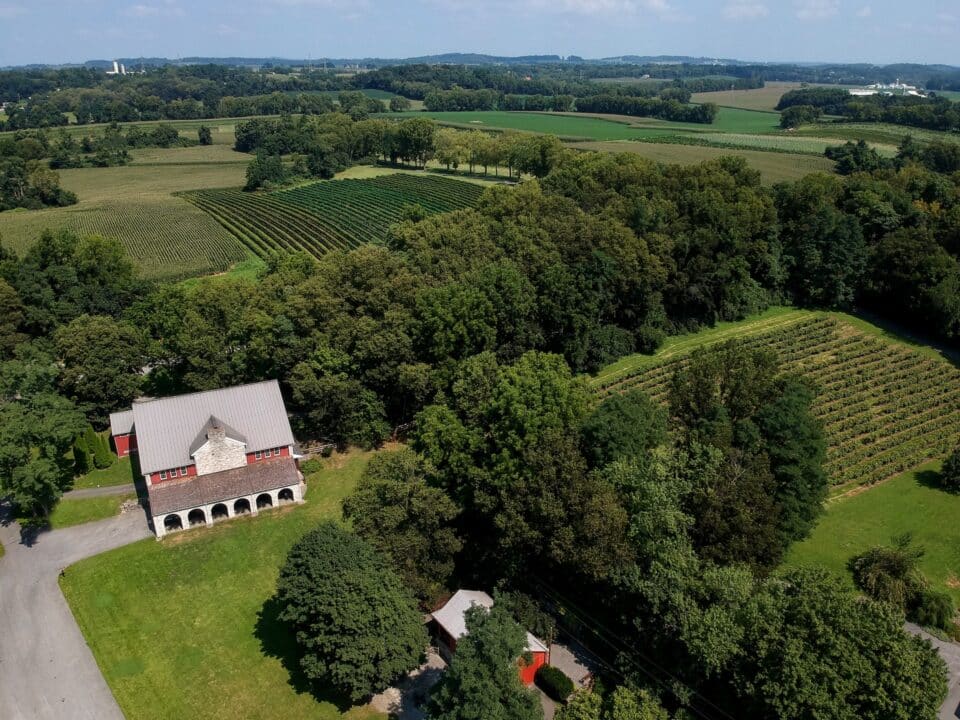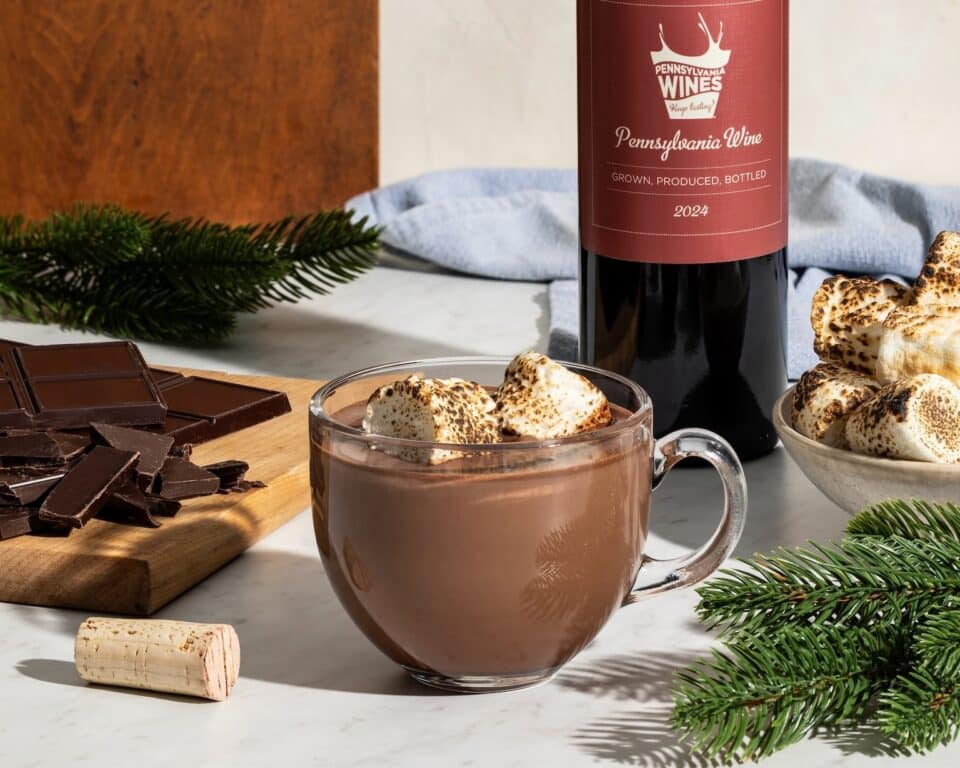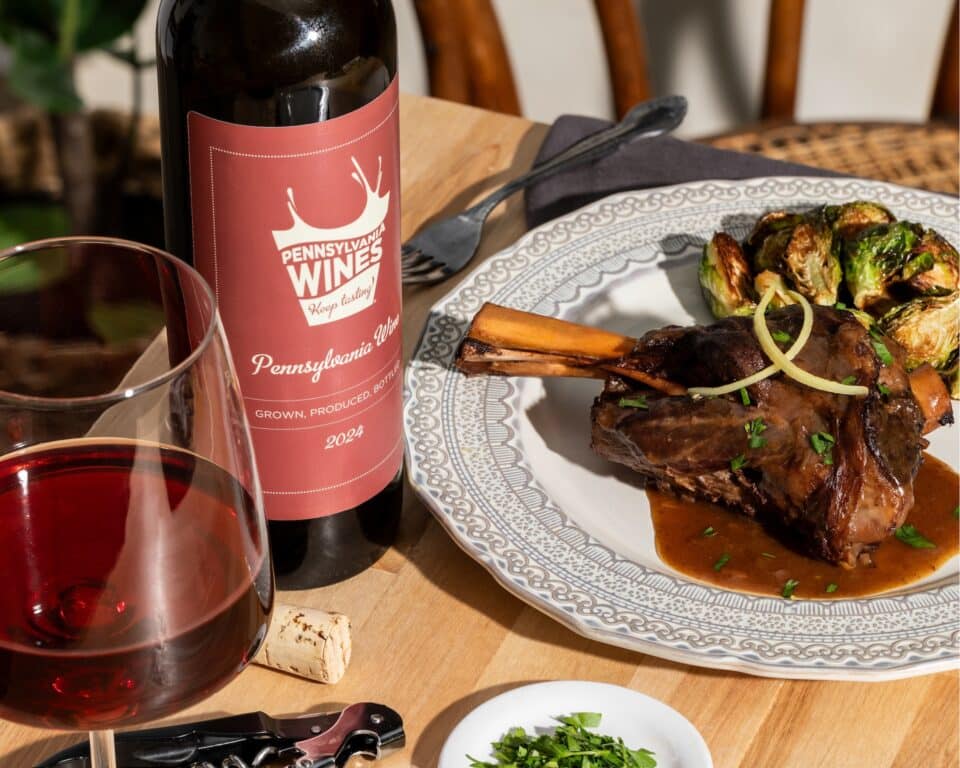Sustainability is one of those words that’s found its way into our collective lexicon in recent decades, much like “green,” “renewable” and “carbon footprint.” We know sustainability is a good thing, but such a broad concept can be tricky to grasp in practical terms. So, we took a deep-dive into vineyard sustainability, with the help of a Pennsylvania vineyard manager and a viticulture expert, to better understand what sustainable wine grape farming actually looks like in Pennsylvania.
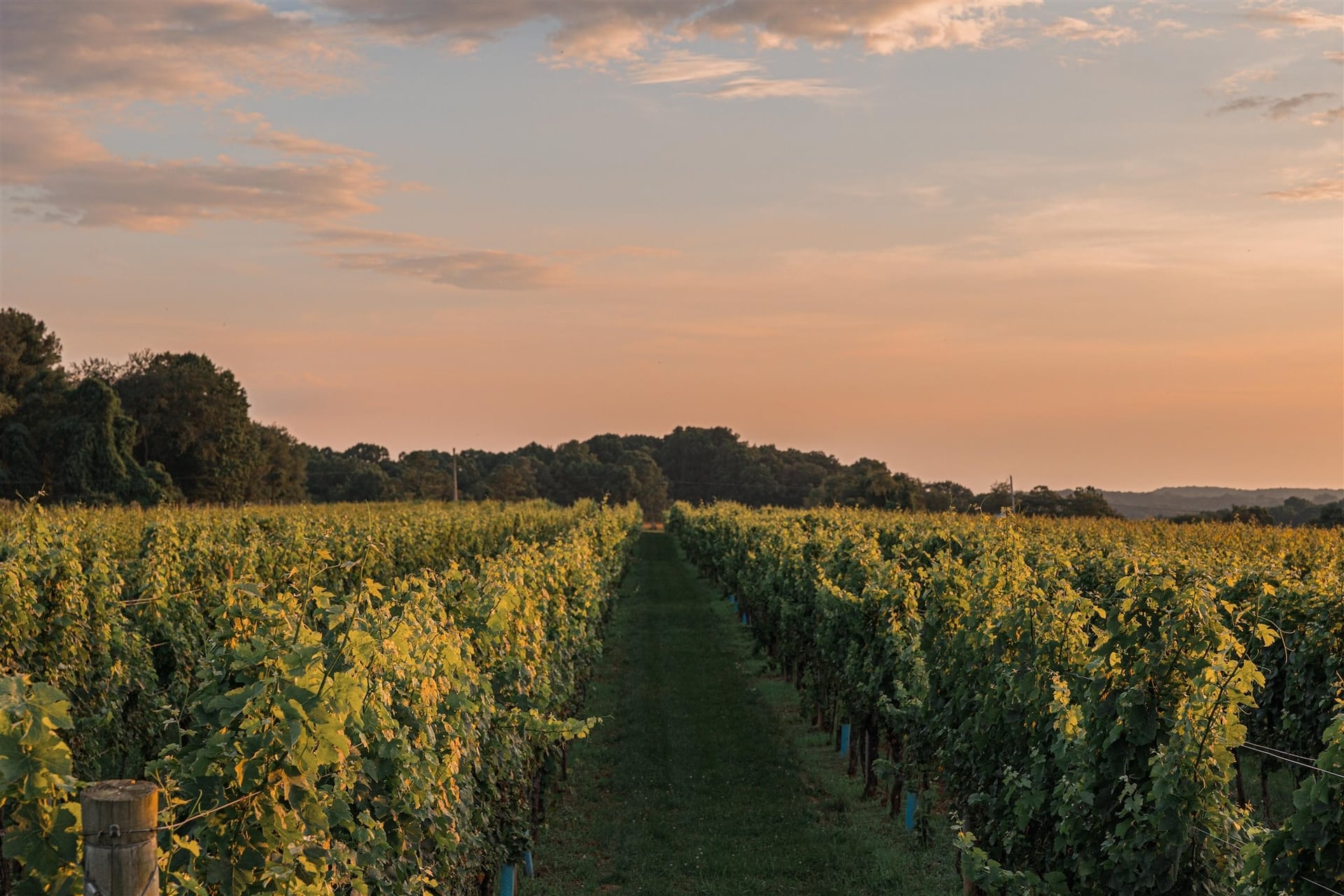
Davide Creato is the Vineyard Manager of Penns Woods Winery in Chester County, where he oversees the care of over 40 acres of vineyards. He grew up farming wine grapes in Abruzzo, Italy and applies a mix of traditional and modern sustainable methods to his practice. Cain Hickey is an Assistant Teaching Professor of Viticulture at Penn State Extension, where he shares his expertise on grapevine physiology, pruning, training and canopy management, crop optimization and other topics in classes on campus and with grape and wine industry professionals in the field. Both Creato and Hickey shared their knowledge and perspectives on sustainability with us.
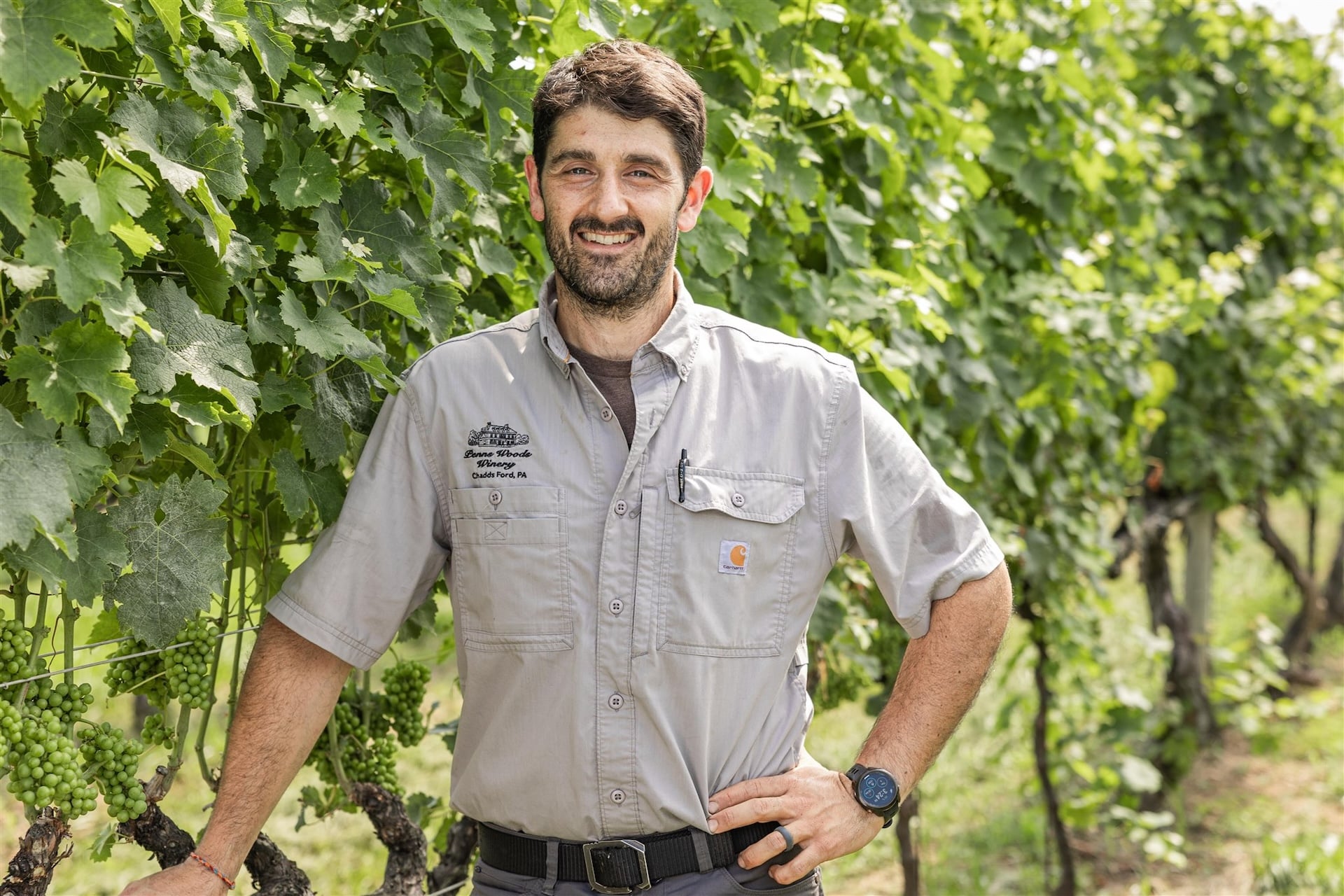
Davide Creato
Defining Vineyard Sustainability
Sustainability is a holistic practice that calls for careful decision making today to enable organizational health for the long term. Definitions of sustainability may vary by context and industry, but nearly always involve two core facets: environmental stewardship and staying power. Organizational endurance extends beyond eco-friendliness to include economic viability and social responsibility.
A commonly recognized definition, put forth by the World Commission on Environment and Development in 1987, articulates the principle well:
Sustainable development is development that meets the needs of the present without compromising the ability of future generations to meet their own needs.
It’s all about thriving without extinguishing the resources at hand; subsisting while leaving enough for future needs. Creato uses the term “longevity,” which captures its true purpose.
By its very nature, viticulture is sustainable. “Farmers must aim for sustainable production systems ,” says Hickey. “If they don’t think about ecosystem health, the environment and the soil and the land leveraged to produce their crop may be compromised. Vineyard production systems have always had sustainable practices inherently built into them. Grapevines are not an annual crop that you plant and harvest and then need to till and plant again the following year. Hopefully, if you plant the right cultivar on the right site, you plant it once and you minimally disturb the production system for the lifespan of the vineyard, which is hopefully at least 20 or 30 years.”
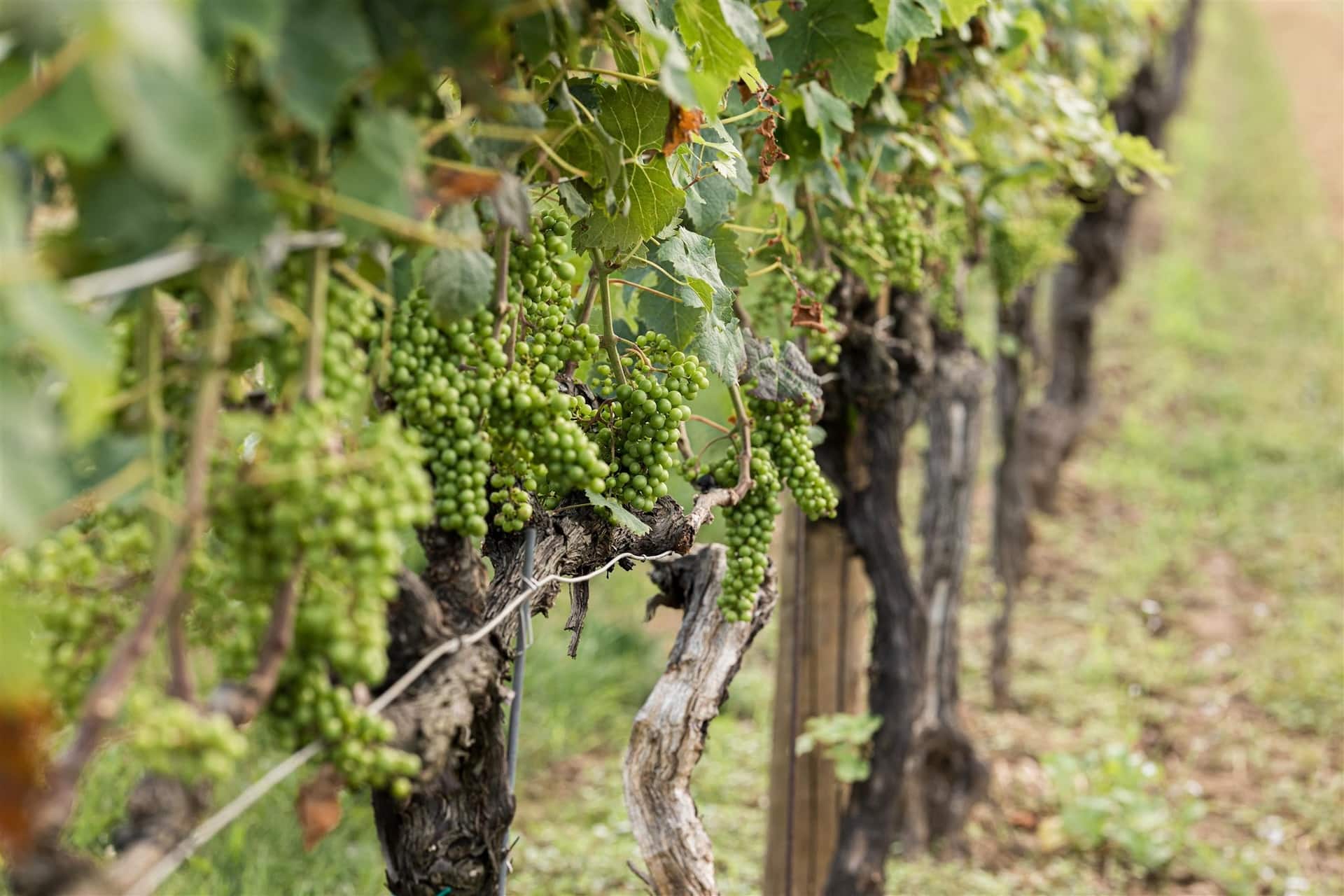
Another way to conceive of sustainability is like a closed-loop system, one that minimizes waste while maximizing resources to exist independently for an extended period. Creato recalls such a system on his grandmother’s farm in Italy. “Sustainability has always been around me. My grandmother back home was very sustainable. Anything she did in agriculture, farming and keeping up with the small animals was about the longevity of what she was doing. She was composting and using the waste of production to regenerate fertility into the soil. She was doing it naturally, using things already on the farm. It was a closed circle.”
Whether the loop, circle or system is a tiny vineyard or the global climate, closing unsustainable inputs and outputs is a chief aim of the practice. Its precedence increases in tandem with climate change symptoms like rising temperatures and severe weather. Here in Pennsylvania, we’ve seen shifts in hardiness zones, grapes ripening that were previously intolerant of the region’s climate and more extreme rainfall and drought spells, impacting grapes. Sustainable practices help to mitigate these changing conditions.
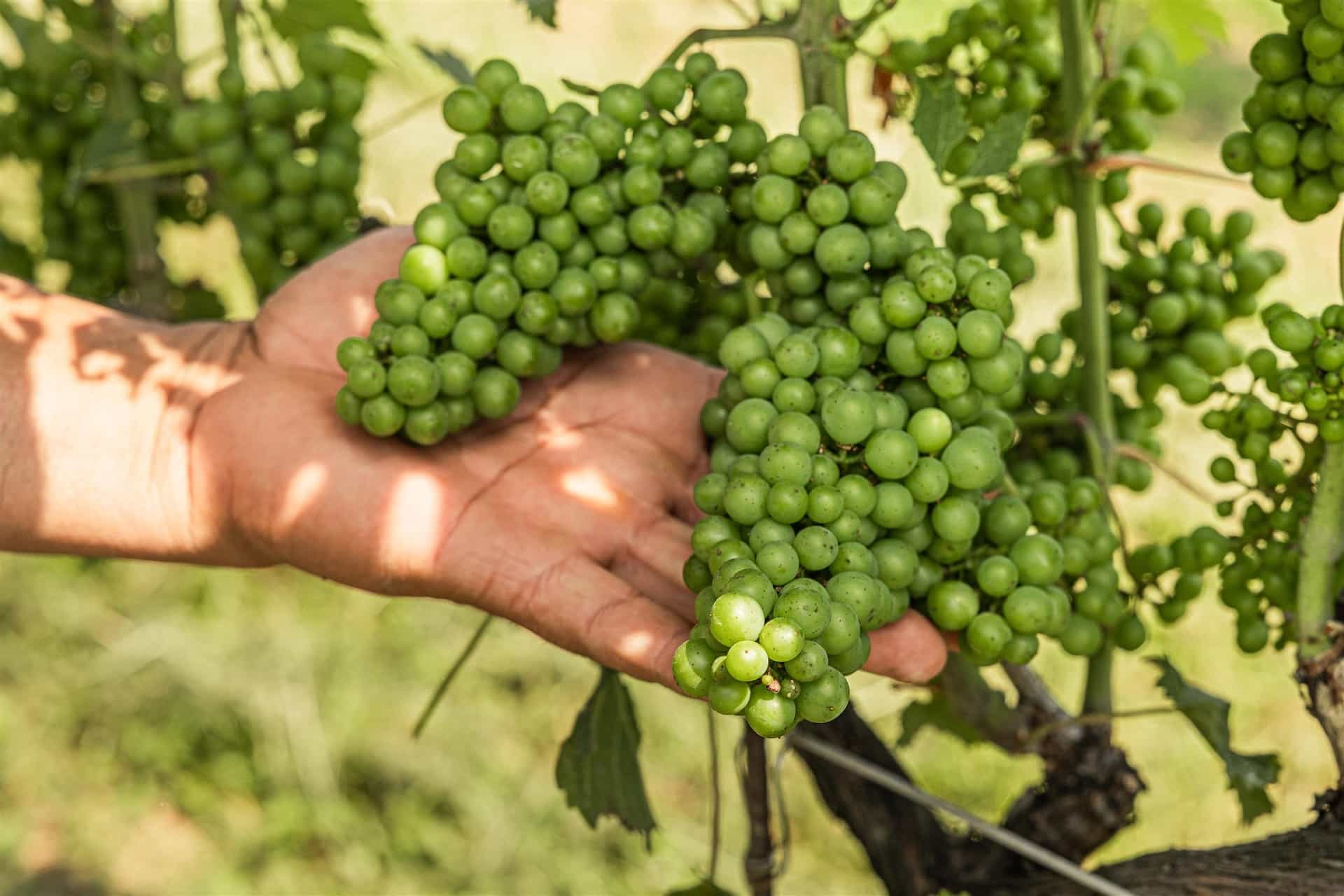
In the context of a wine grape vineyard, Hickey offers a simple model for understanding the factors at play in sustainable production. “When you think about grape production (or almost any agricultural production system), you have a few factors that interact to impact certain responses, such as health, productivity and/or sustainability. On one corner, you have genetics. Are you growing Cabernet Sauvignon, Chambourcin, or a Cayuga White? On another corner, you have management, which can be viticulture practices like canopy management and/or chemical inputs like insecticides, herbicides and fungicides. And then, on the third corner, is the environment. All these things are constantly interacting to impact the health, productivity and longevity of a crop.”
With these definitions of sustainability in mind, we’ll look at viticultural methods and techniques that steward the land while enabling the viability and longevity of the vineyard as an agricultural entity.
Sustainability Through the Vineyard Cycle
From planting and pruning all the way through to the eventual harvest, there are spaces within the vineyard farming cycle to practice eco-friendly viticulture. Each must be balanced with fiscal demands and social considerations to keep the whole enterprise, itself, sustainable.
Planting
For many vineyard farmers, sustainability starts with the choice of grapes. Understanding which species thrive and which struggle within the region’s terroir can be the first step in supporting a vineyard’s staying power. “Planting a grape cultivar that is more resilient and tolerant to diseases would hopefully mean that relatively fewer pesticides and inputs are required to maintain its health and productivity or, at minimum, mean that “standard inputs” would result in high chances of crop success,” says Hickey. In Pennsylvania, this varies by location and AVA, but some commonalities exist. Hybrid grapes like Chambourcin and Cayuga, with cold hardiness and some tolerance to fungal diseases, can do very well across much of the Commonwealth. Certain European vinifera can also thrive on good sites, such as Grüner Veltliner and Cabernet Franc, with more vinifera cultivars ripening to commercially acceptable paramaters in Pennsylvania as the climate warms. Many PA winemakers also combine grapes in blends.
Planting sustainably also includes cover crops, which are vegetation (usually grasses and legumes) planted in the rows between the vines and underneath them. They offer tremendous benefit to the soil, loosening it, adding minerals and protecting against erosion. Cover crops also limit weed growth and provide habitats for beneficial insects, reducing the need for herbicides and insecticides.
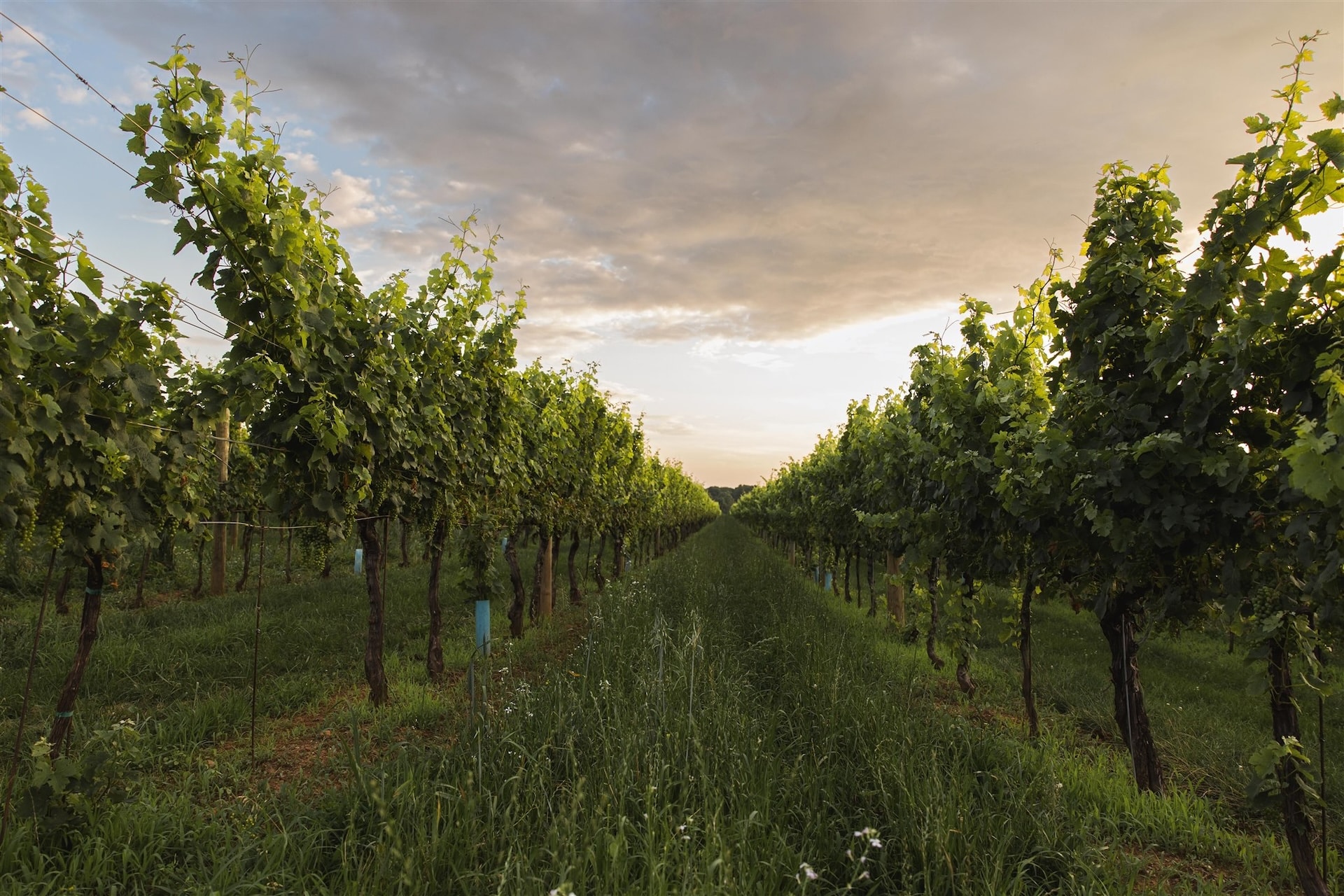
Vineyard rows at Penns Woods Winery
Creato uses a variety of cover crops. “Right now, we have vetch, wild peas, oats, daikon, radish and a few pachalia here and there. So, there are 4 – 6 cover crops, depending on what’s available.” Each offers unique benefits, like the radish taproot gently drilling down about a foot and a half, creating a natural hole without disturbing the soil.
Creato may shift his cover crop planting season in response to climate change. “With less precipitation, the cover crop may need to be planted earlier than the spring. If we have a dry year, they absorb too much from the soil, stressing the vineyard. With the dry weather pattern we’re seeing, we may have to start planting in the fall.”
Maintenance and Pruning

Maintaining happy, healthy grapevines offers more opportunity for sustainable practice. This is often where the question of chemical inputs comes into play. Hickey sees increased creativity in this area. “I think growers are starting to think softer. How can we potentially spray less? How can we integrate some naturally occurring pesticides rather than synthetic pesticides into spray programs? How can we use cover crops or use less herbicides? Or how can we promote soil microbial health and diversity so that we can have a healthier vineyard ecosystem? I’ve really seen growing interest in integrated management/natural inputs over the last 10 to 15 years,” he says.
One way that Creato reduces spraying is through persistent hands-on pruning. He says, “If you expose the grapes to sunlight, you reduce the amount of pesticides that you have to apply, and that’s the first thing that we really focus on. We open the canopy, taking off the extra shoots that are overlapping and shading each other, so that we’re creating a better airflow.” This results in healthier vines and soil.
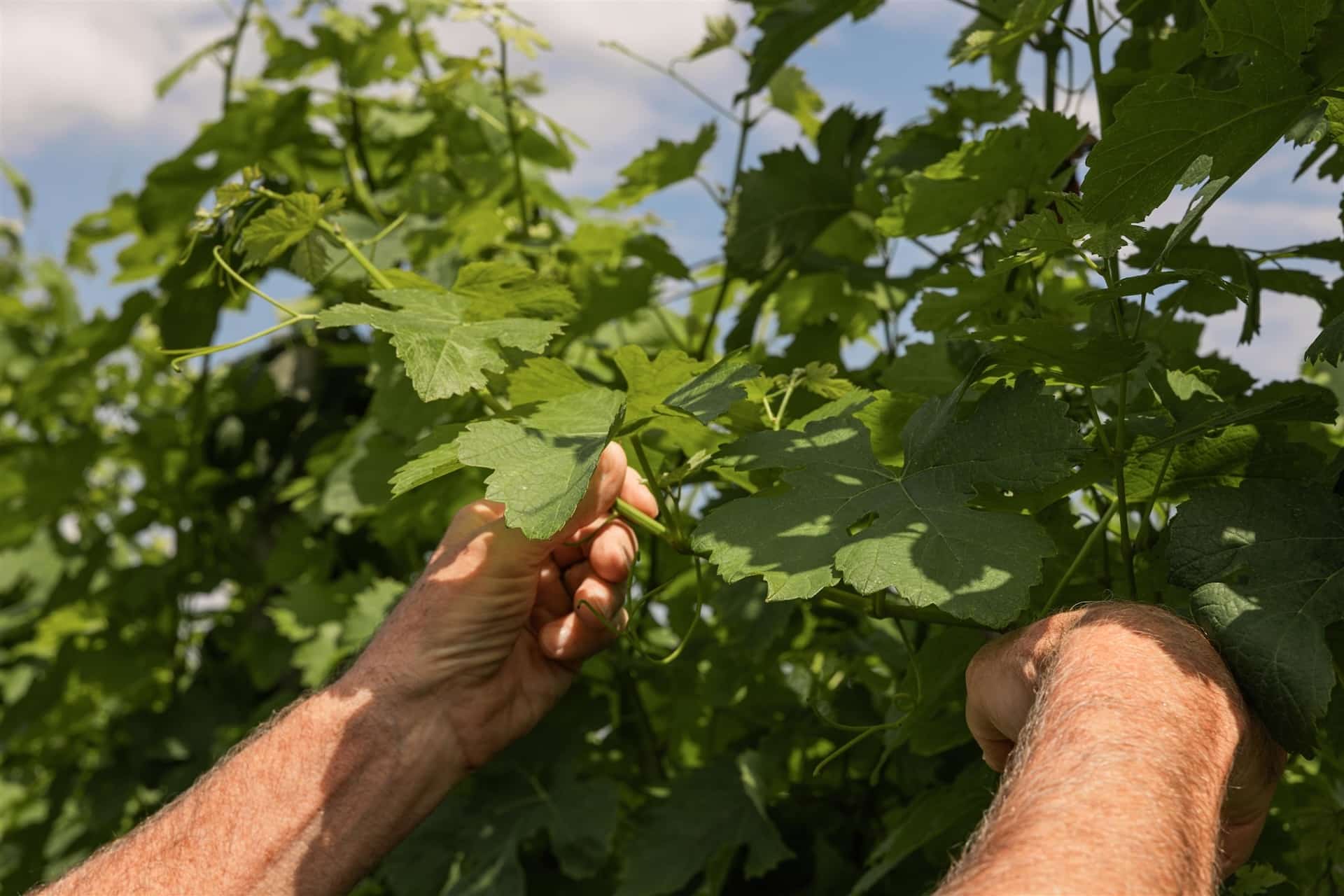
Creato and his team were also able to eliminate the use of synthetic fertilization in the Penns Woods vineyards, much in thanks to cover crops. He compares the vineyard to a forest, with its own delicate ecosystem seeking balance and mutuality, and explains how cover crops play a critical role in that ecosystem. “The cover crops produce biomass and this biomass will be incorporated back into the soil throughout the fall and winter to create nitrogen, connecting the roots to the soil. Biomass is a nutrient-rich bridge between the soil and the plants. Through this bridge, the plants can absorb all the nutrients they need.”
Another way to reduce chemical input is through biofungicides, which combat disease with specially formulated microorganisms. Hickey says, “Some growers are trying to integrate biofungicides with conventional fungicides to gain better control of fungal diseases.”
Creato says Penns Woods is also looking into sheep for sustainable vineyard management. Their grazing controls weeds, their hooves aerate the soil and their droppings help fertilize, naturally. Plus, they’re cute. He’s also playing with ideas for reusing pruning waste as biofuel.
Harvesting
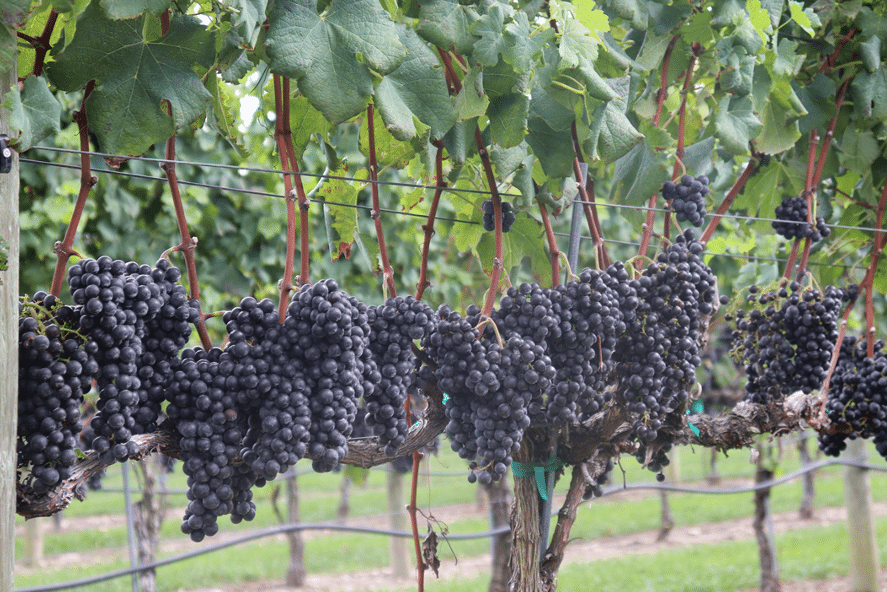
The vineyard harvest is complex and multidimensional, and there’s no one-size-fits-all approach to sustainability during this phase. Perhaps the greatest differentiator is the method of harvest: manual or machine.
Hand harvesting is a time-honored process of cutting grape bunches with a knife or shear. It allows for selection of the best grapes, and only the grapes (without leaves and other organic material). Hand harvesting brings clean, beautiful grapes into the winery with seemingly minimal environmental impact. On paper, it appears the more sustainable method.
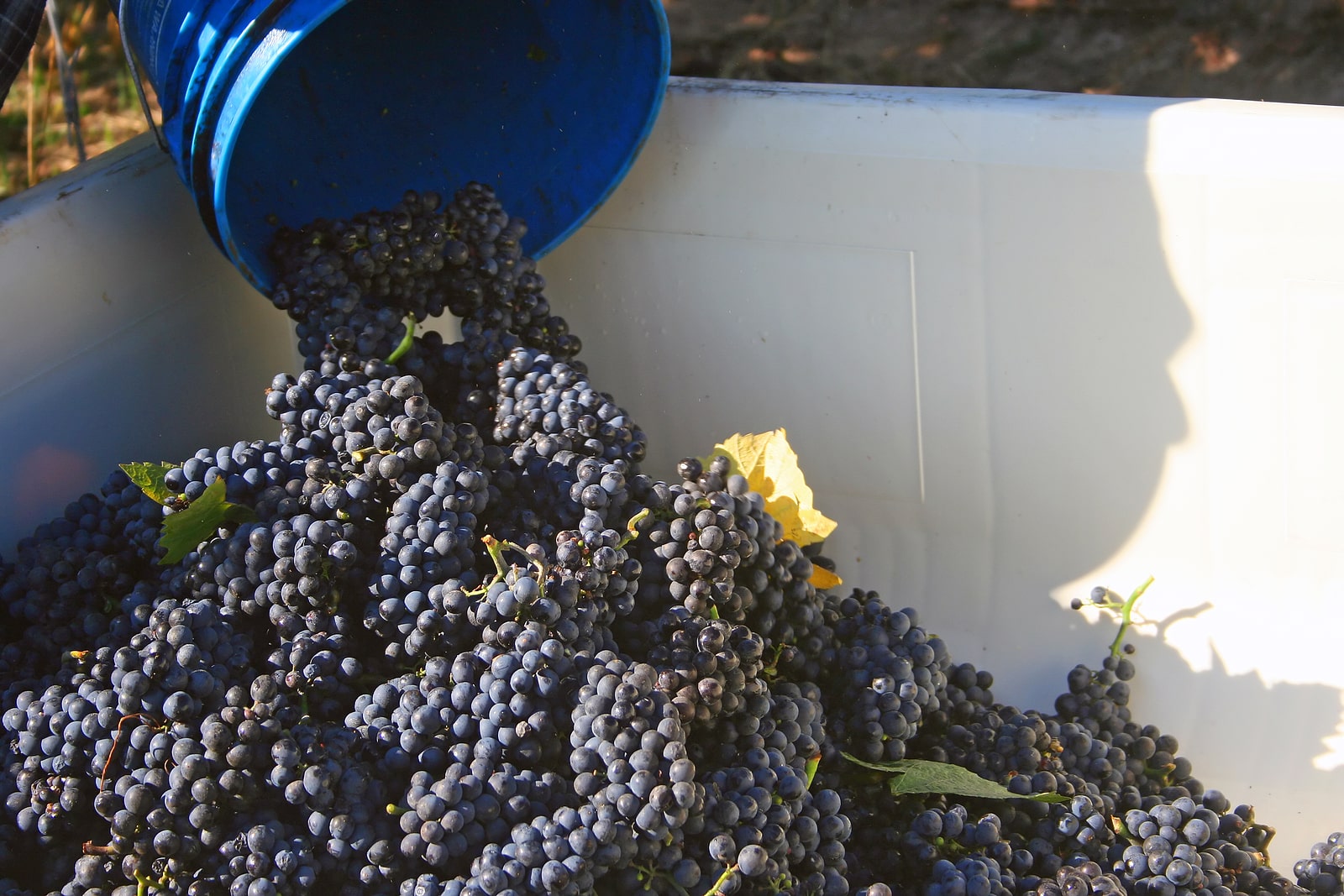
However, having enough labor at the ready for picking is a continual challenge. The solution for a growing number of vineyard owners is a mechanical harvester. These machines essentially drive up and down the vineyard rows, shaking the grapes free of their stems. Mechanical harvesters are pricy and use fossil fuels, so they appear less sustainable at first glance. However, they do allow for quick, clean harvests. They can save grapes, meticulously managed for months, from rot in the 11th hour due to sudden drenching rains or a lack of workforce for picking. And, as Hickey explains, “If you have rotten fruit coming into the winery, you have to do make other additions and implement practices that probably have carbon inputs themselves, whereas, if you bring clean fruit into the winery, it can be a relatively pretty hands off and require few inputs. So, from a few different perspectives, you could view mechanical harvests as having sustainable facets.”

From seedling to sip, viticulturists across Pennsylvania take wine grapes through a complex and transformative journey. As they adopt and innovate their sustainable practices, we can feel confident that the state’s wine industry will continue to flourish for the long term.
The PA Vines & Wines series was created in collaboration with the Pennsylvania Wine Association with Round 8, Act 39 grant funding from the Pennsylvania Liquor Control Board (PLCB).
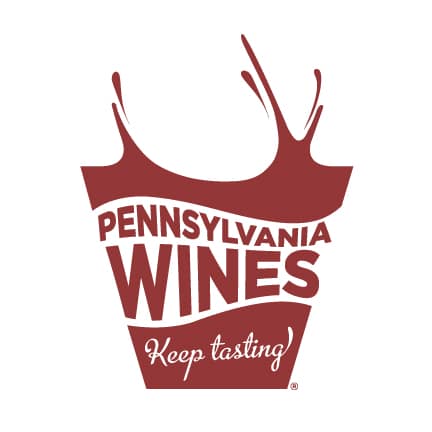
The Pennsylvania Winery Association (PWA) is a trade association that markets and advocates for the limited licensed wineries in Pennsylvania.
- Feature photo and photos 1-7 and 10: Penns Woods Winery
- Ripe red grapes: Cain Hickey
- Harvested grapes: Bigstock
